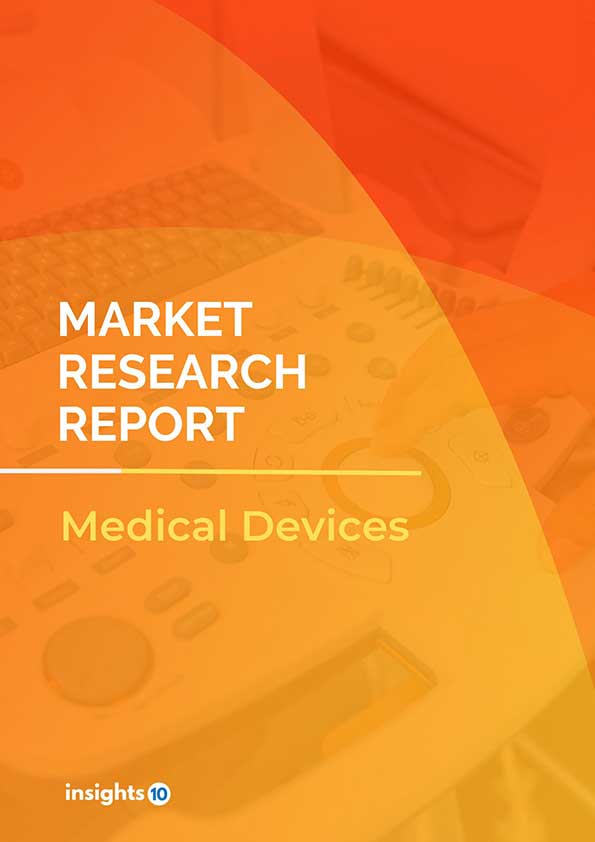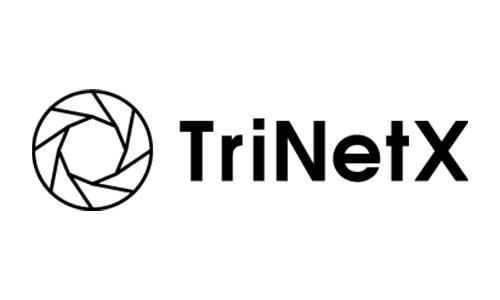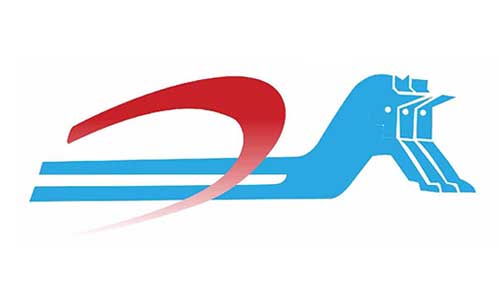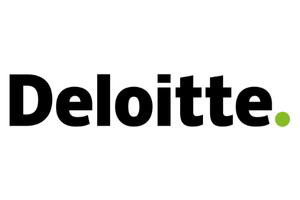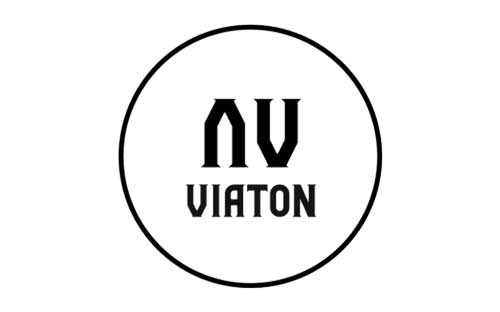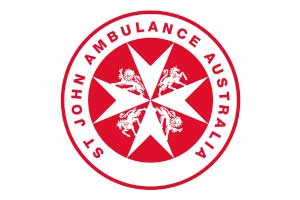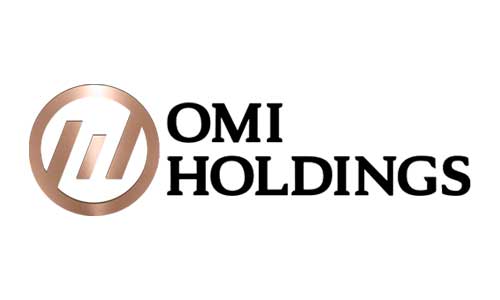Singapore Radiotherapy Market Analysis
By 2030, it is anticipated that the Singapore Radiotherapy Market will reach a value of $xx Mn from $8 Mn in 2022, growing at a CAGR of xx% during 2022-30. The Radiotherapy Therapeutics Market in Singapore is dominated by a few domestic players such as Innopharmax Technologies, Hicom-Teck, and VHMED. The radiotherapy market in Singapore is segmented into different types, technologies, procedures, applications, and end-users. The major risk factors associated with awareness of radiotherapy shortage of skilled staff, government initiatives, and reimbursement policy. The demand for Singapore Radiotherapy is increasing on account of the rise in cancer cases in the country.
Buy Now

Singapore Radiotherapy Market Analysis Summary
By 2030, it is anticipated that the Singapore Radiotherapy Market will reach a value of $xx Mn from $8 Mn in 2022, growing at a CAGR of xx% during 2022-30.
Singapore is a small island city-state in Southeast Asia, with a multiracial population of 5.7 million people, comprising 76% Chinese, 15% Malays, and 9% Indians and other races. Chinese people accounted for 82.5% of all cancer cases in Singapore. Singapore has the world's 42nd-highest cancer rate. Between 2016 and 2020, 39,393 males and 41,360 females were diagnosed with cancer in Malaysia, with 15,894 males and 13,032 females dying from the condition. Males were more likely to have colorectal, prostate, and lung cancers, whereas females were more likely to have breast, colorectal, and lung cancers.
It was also the leading cause of mortality in Singapore from 2018 to 2020, accounting for 28.4%- 28.8% of all deaths. Singapore's government spends 6.1% of its GDP on healthcare in 2020.
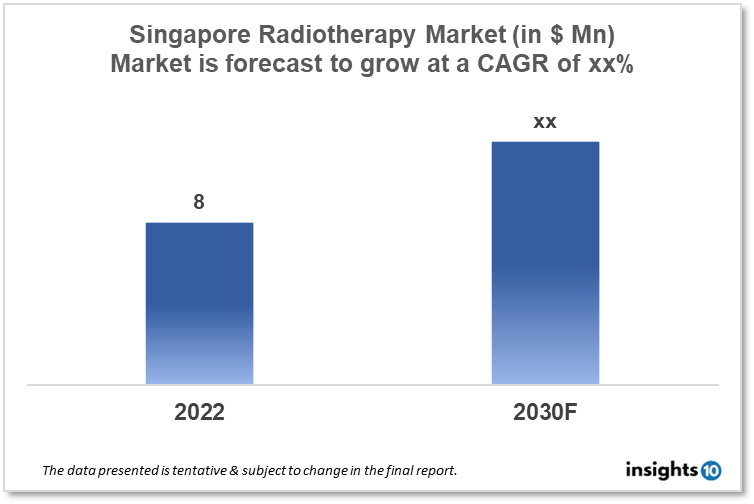
Market Dynamics
Market Growth Drivers Analysis
A growing number of instances are being reported in Singapore. Cancer cases increased around sixfold from 12,072 in 1968-1972 to 71,265 in 2013-2017. This meant that each year, an average of 14,253 cancer diagnoses were reported, equating to around 39 Singaporeans being diagnosed with cancer every single day. In addition, technical improvements are increasing at an exponential rate. These aspects could boost Singapore Radiotherapy Market.
Market restrains.
The annual rate of medical inflation in Singapore is 10%. As a result, the cost of hospitalisation and medical treatments is skyrocketing. Cancer treatments are available. They are most effective, however, when cancer is identified at an early stage. As the disease develops, cancer medicines become less effective and more expensive. These factors may deter new entrants into the Singapore Radiotherapy Market.
Competitive Landscape
Key Players
- CIS Oncology Pte Ltd - CIS Oncology is a Singapore-based company that develops and distributes radiation therapy solutions for cancer treatment. The company's products include linear accelerators, treatment planning software, and imaging solutions
- Radlink Asia Pte Ltd - Radlink Asia is a Singapore-based company that specializes in medical imaging equipment and radiation therapy solutions. The company offers a range of products, including linear accelerators, CT scanners, and PET/CT systems
- ASTAR's Singapore Institute of Manufacturing Technology (SIMTech) - SIMTech is a research institute under the Agency for Science, Technology and Research (ASTAR) in Singapore. The institute is involved in the research and development of radiation therapy equipment, including linear accelerators and brachytherapy equipment
- Clearbridge Medical Group Pte Ltd - Clearbridge Medical is a Singapore-based company that provides medical solutions and distributes medical equipment, including radiation therapy equipment such as linear accelerators and brachytherapy equipment
- Genesis MedTech International Pte Ltd - Genesis MedTech is a Singapore-based medical technology company that provides solutions for various medical specialities, including radiation oncology. The company provides a range of products, including linear accelerators and brachytherapy equipment
Healthcare Policies and Reimbursement Scenarios
In Singapore, the regulations and reimbursement of radiotherapy are overseen by the Ministry of Health (MOH) and the Central Provident Fund (CPF) Board. The MOH is responsible for regulating the use of radiation in Singapore, including the use of radiotherapy. The Singapore Radiological Society (SRS) is the main professional organization for radiation oncologists in Singapore and works closely with the MOH to develop guidelines and standards of practice for radiotherapy. In Singapore, the cost of radiotherapy is subsidized by the government and paid for through the CPF system.
1. Executive Summary
1.1 Disease Overview
1.2 Global Scenario
1.3 Country Overview
1.4 Healthcare Scenario in Country
1.5 Patient Journey
1.6 Health Insurance Coverage in Country
1.7 Active Pharmaceutical Ingredient (API)
1.8 Recent Developments in the Country
2. Market Size and Forecasting
2.1 Epidemiology of Disease
2.2 Market Size (With Excel & Methodology)
2.3 Market Segmentation (Check all Segments in Segmentation Section)
3. Market Dynamics
3.1 Market Drivers
3.2 Market Restraints
4. Competitive Landscape
4.1 Major Market Share
4.2 Key Company Profile (Check all Companies in the Summary Section)
4.2.1 Company
4.2.1.1 Overview
4.2.1.2 Product Applications and Services
4.2.1.3 Recent Developments
4.2.1.4 Partnerships Ecosystem
4.2.1.5 Financials (Based on Availability)
5. Reimbursement Scenario
5.1 Reimbursement Regulation
5.2 Reimbursement Process for Diagnosis
5.3 Reimbursement Process for Treatment
6. Methodology and Scope
Radiotherapy Segmentation
By Type (Revenue, USD Billion):
- External Beam Radiation Therapy
- Linear Accelerators
- Compact Advanced Radiotherapy Systems
- Cyberknife
- Gamma Knife
- ?Tomotherapy
- Proton Therapy
- Cyclotron
- ?Synchrotron
- Internal Beam Radiation Therapy
- Brachytherapy
- Seeds
- Applicators and Afterloaders
- Electronic Brachytherapy
- Systemic Radiation Therapy
- ?Others
?By Technology (Revenue, USD Billion):
- External Beam Radiotherapy
- Intensity-Modulated Radiation Therapy (IMRT)
- Image-Guided Radiation Therapy (IGRT)
- Stereotactic Radiation Therapy (SRT)
- 3D Conformal Radiation Therapy (3D-CRT)
- Particle Therapy
- Internal Beam Radiotherapy
- Brachytherapy
- High-Dose Rate Brachytherapy
- Low-Dose Rate Brachytherapy
- Image-Guided Brachytherapy
- Pulse-Dose Rate Brachytherapy
- Systemic Radiation Therapy
- Intravenous Radiotherapy
- Oral Radiotherapy?
By Application (Revenue, USD Billion):
- Breast Cancer
- Cervical Cancer
- Colon and rectum Cancers
- Stomach Cancer
- Lung Cancer
- Prostate Cancer
- Skin Cancer
- Liver Cancer
- Other types of cancer
By End User (Revenue, USD Billion):
- Hospitals
- Radiotherapy Centers & Ambulatory Surgery Centers
- ?Cancer Research Institutes
Methodology for Database Creation
Our database offers a comprehensive list of healthcare centers, meticulously curated to provide detailed information on a wide range of specialties and services. It includes top-tier hospitals, clinics, and diagnostic facilities across 30 countries and 24 specialties, ensuring users can find the healthcare services they need.
Additionally, we provide a comprehensive list of Key Opinion Leaders (KOLs) based on your requirements. Our curated list captures various crucial aspects of the KOLs, offering more than just general information. Whether you're looking to boost brand awareness, drive engagement, or launch a new product, our extensive list of KOLs ensures you have the right experts by your side. Covering 30 countries and 36 specialties, our database guarantees access to the best KOLs in the healthcare industry, supporting strategic decisions and enhancing your initiatives.
How Do We Get It?
Our database is created and maintained through a combination of secondary and primary research methodologies.
1. Secondary Research
With many years of experience in the healthcare field, we have our own rich proprietary data from various past projects. This historical data serves as the foundation for our database. Our continuous process of gathering data involves:
- Analyzing historical proprietary data collected from multiple projects.
- Regularly updating our existing data sets with new findings and trends.
- Ensuring data consistency and accuracy through rigorous validation processes.
With extensive experience in the field, we have developed a proprietary GenAI-based technology that is uniquely tailored to our organization. This advanced technology enables us to scan a wide array of relevant information sources across the internet. Our data-gathering process includes:
- Searching through academic conferences, published research, citations, and social media platforms
- Collecting and compiling diverse data to build a comprehensive and detailed database
- Continuously updating our database with new information to ensure its relevance and accuracy
2. Primary Research
To complement and validate our secondary data, we engage in primary research through local tie-ups and partnerships. This process involves:
- Collaborating with local healthcare providers, hospitals, and clinics to gather real-time data.
- Conducting surveys, interviews, and field studies to collect fresh data directly from the source.
- Continuously refreshing our database to ensure that the information remains current and reliable.
- Validating secondary data through cross-referencing with primary data to ensure accuracy and relevance.
Combining Secondary and Primary Research
By integrating both secondary and primary research methodologies, we ensure that our database is comprehensive, accurate, and up-to-date. The combined process involves:
- Merging historical data from secondary research with real-time data from primary research.
- Conducting thorough data validation and cleansing to remove inconsistencies and errors.
- Organizing data into a structured format that is easily accessible and usable for various applications.
- Continuously monitoring and updating the database to reflect the latest developments and trends in the healthcare field.
Through this meticulous process, we create a final database tailored to each region and domain within the healthcare industry. This approach ensures that our clients receive reliable and relevant data, empowering them to make informed decisions and drive innovation in their respective fields.
To request a free sample copy of this report, please complete the form below.
We value your inquiry and offer free customization with every report to fulfil your exact research needs.


